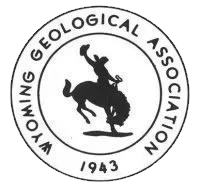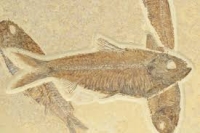Wyoming Geological Association (WGA) Events
12
Dec
2025
SPE In-Person Luncheon ~ Pete Obermueller, Petroleum Association of Wyoming
12-12-2025 11:15 am
-1:00 pm
$25.00
Abstract and Bio coming soon
Find Out What's Happening at WGA
View current and archived issues of "Contact" the Wyoming Geological Association Newsletter.
WGA Sponsors
Thanks to all our valuable WGA Sponsors! Are you interested in advertising with WGA. Learn how.
© Wyoming Geologic Association. All Rights Reserved.
Website Design by Waves Web Design.
Website Design by Waves Web Design.





